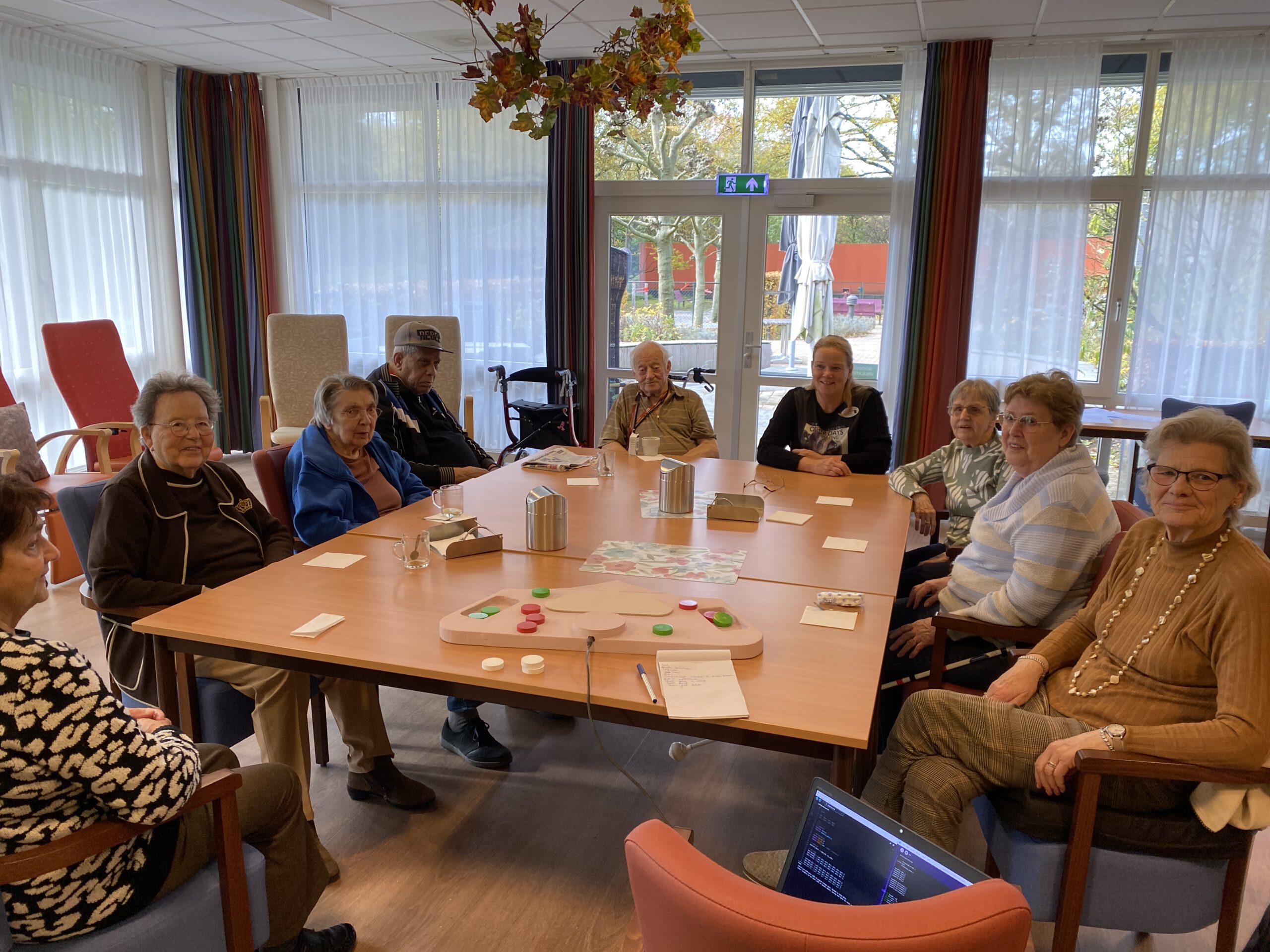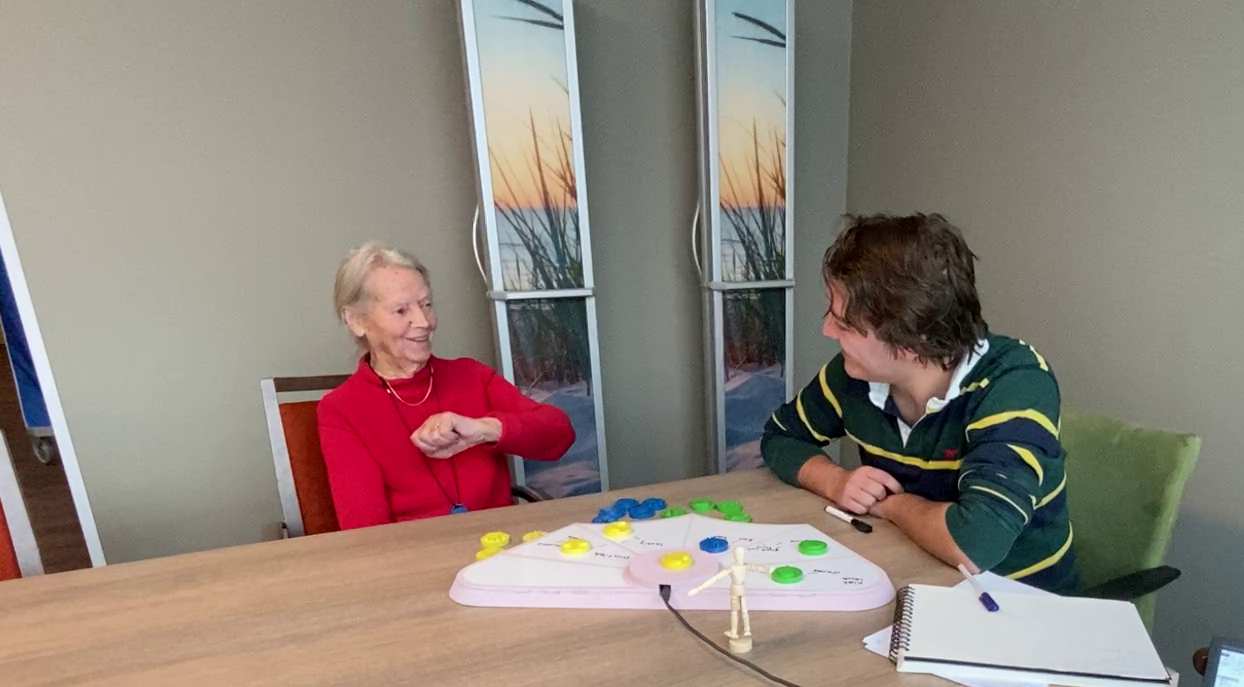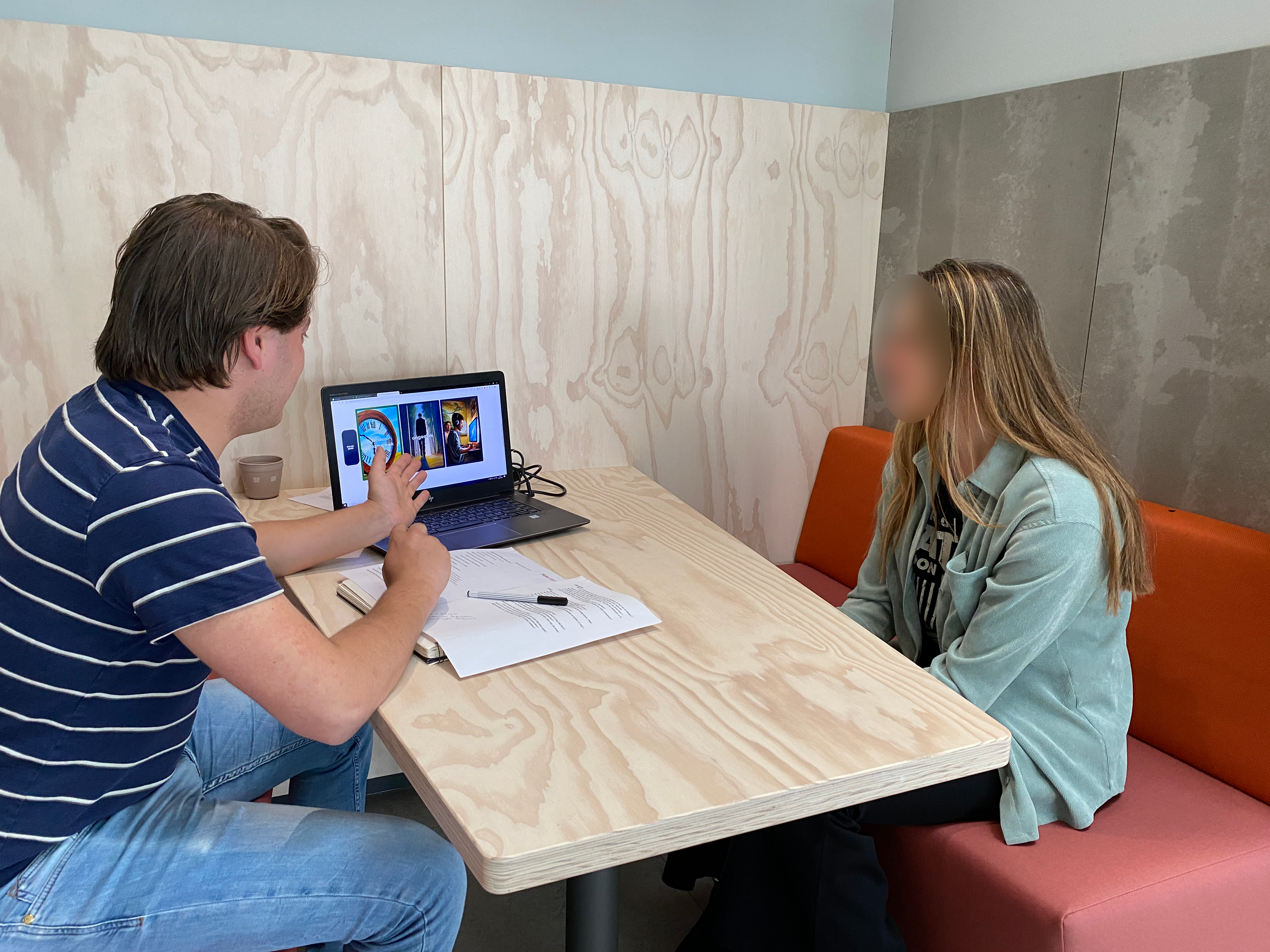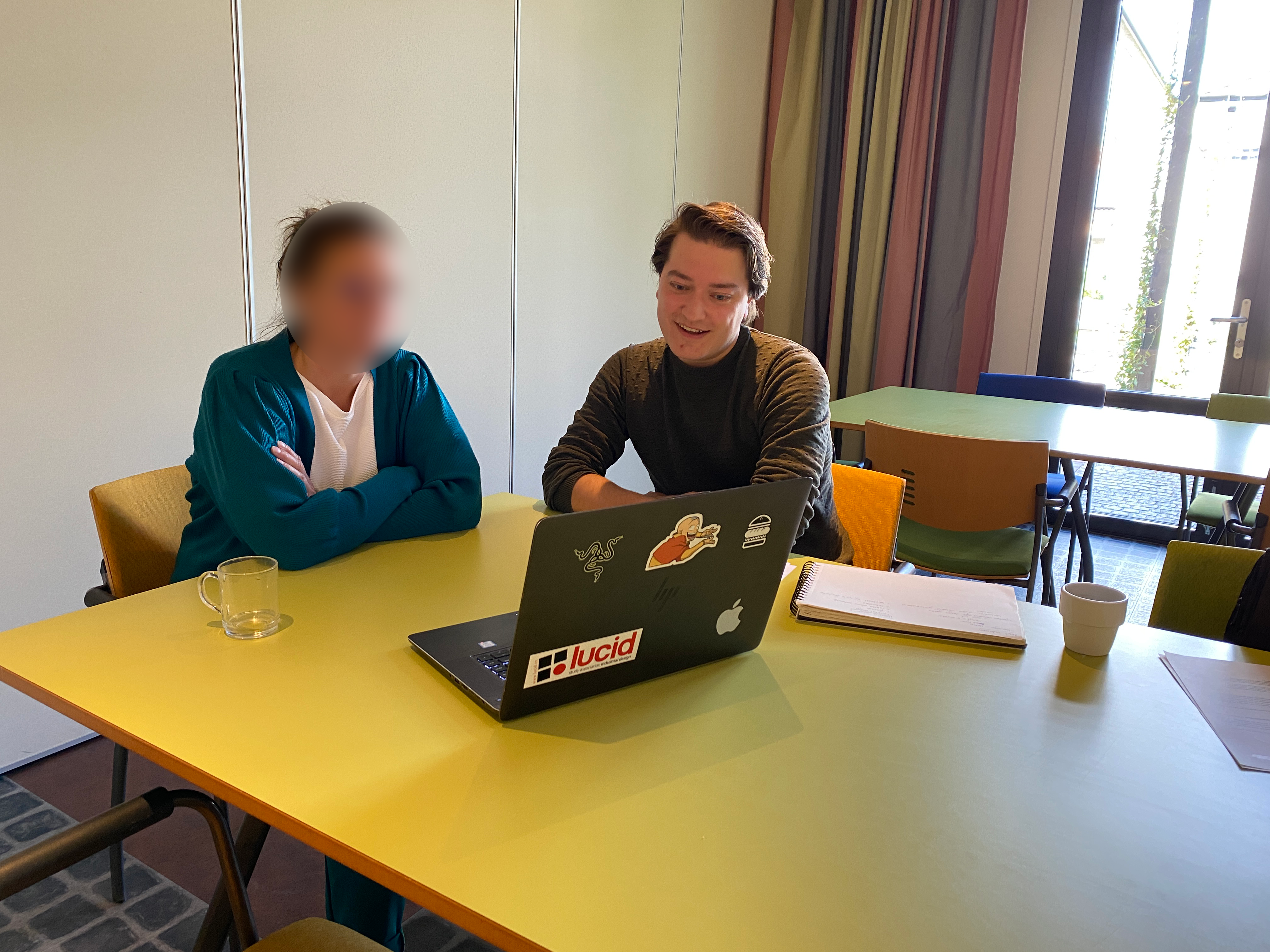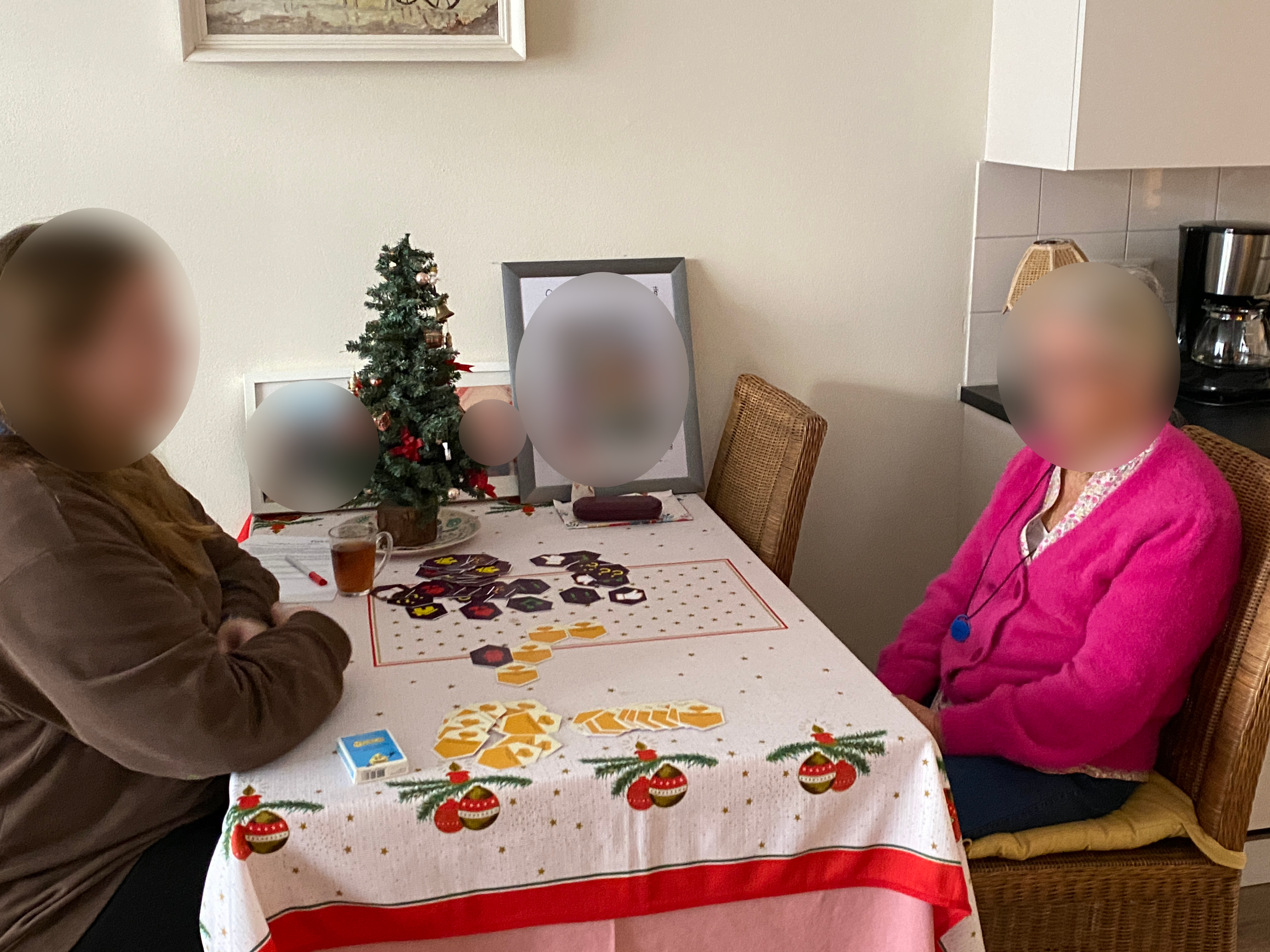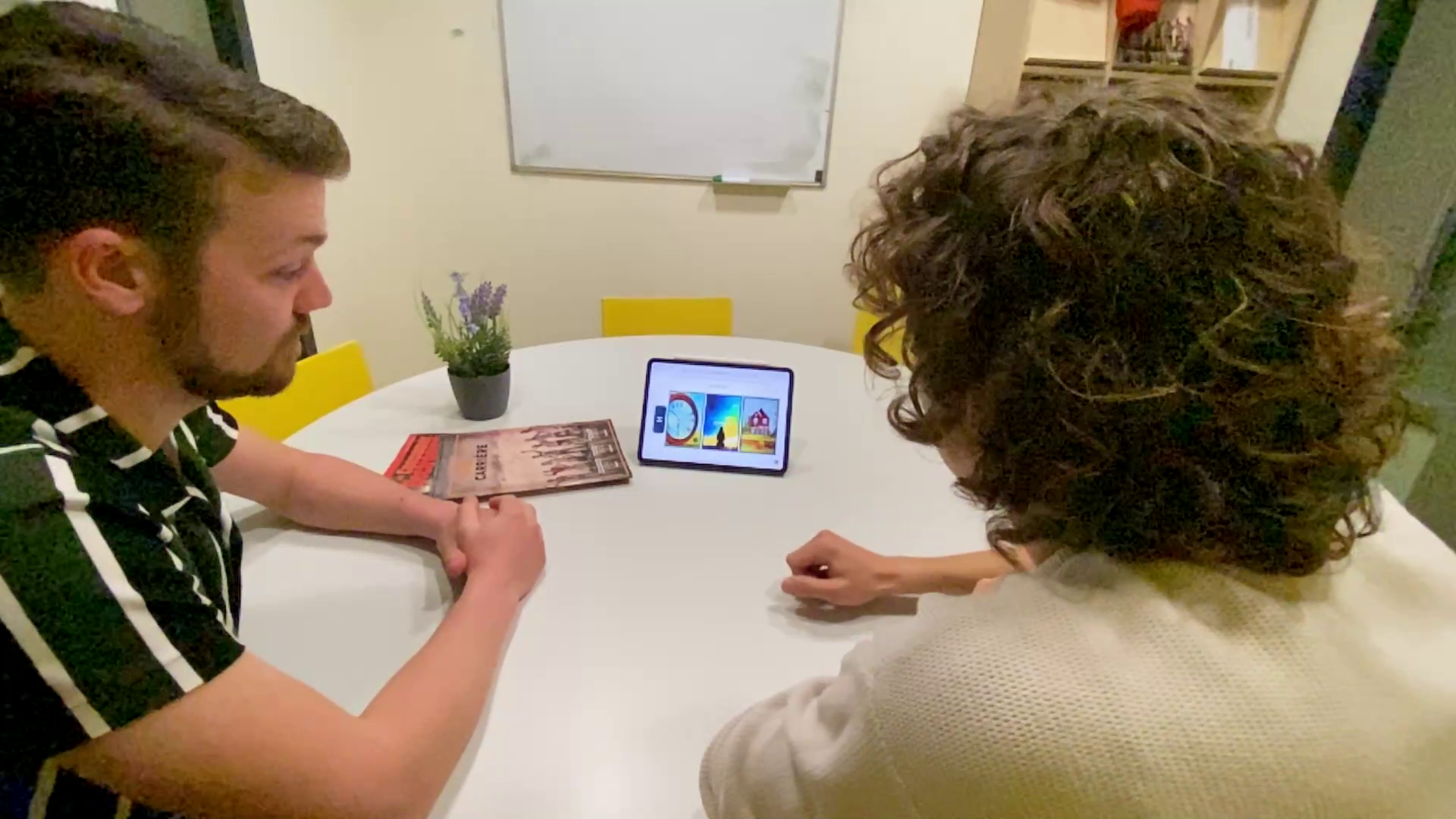Stake- and Shareholder Involvement
As an empathic designer, I like to include the opinions and perspectives of the people designing for. In previous projects, the involvement was mostly limited to the obvious users of the product or the manufacturer of the product. Unconsciously, I found myself often taking the first- and second-person perspective as described in research by Smeenk, Tomico and van Turnhout (2016). The third-person perspective was less present, as my design projects more often found themselves validating the design, rather than building towards new research insights. Although I have become more acquinted with dementia, I still recognise the tremendous gap in familiarity with dementia compared to the care experts. I like to combine insights from research with the actual insights these experts have from working within this field. Unlike in the first three projects, I included stakeholders in my Final Master Project with less obvious influence on the design of the prototype, a municipality project manager, healthcare innovation manager, caretakers, research experts and care experts working in the field of dementia care. Within project, my preference goes to performing qualitative semi-structured interviews, as this allows to dive deeper into subjects that matter to the person interviewing.
Explicit implementation in FMP
Right from the beginning of my FMP, I included research experts to brainstorm with for areas with promise and care needs. Following the Double Diamond design method by the Design Council U.K. (n.d.), this perfectly fitted the early discover and define phases of the method. Secondly, care experts were involved to present my initial ideas to and discuss what their perspectives were on the problem. Throughout the project, care experts, research experts and people with dementia were included in the decision-making process. Lastly, experts with more distance to the field were included (the municipality project manager & healthcare innovation manager) to discuss their values and what the product should entail to provide them with the necessary benefits. Insights were acquired based on a combination of qualitative semi-structured interviews and inductive transcription coding.
